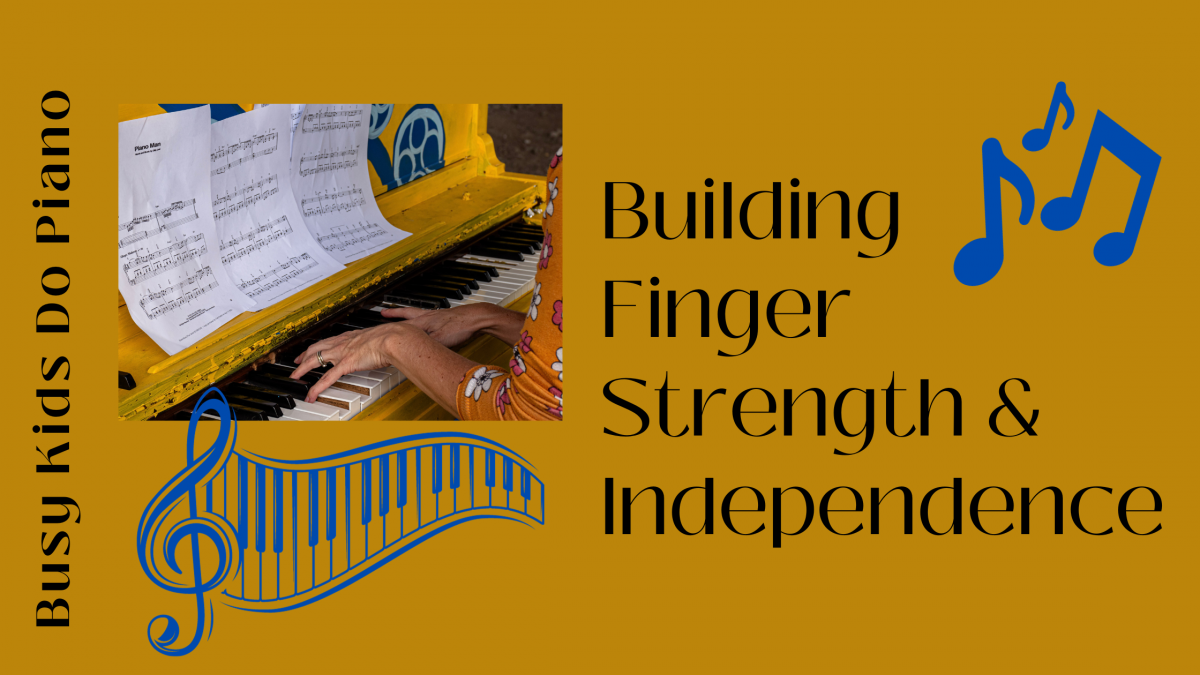If you’ve ever watched an accomplished pianist play, you may have been amazed at the way her fingers moved quickly across the keys — even when playing a complicated piece of music. It looks so easy, doesn’t it?
If you are working with a younger beginner, however, chances are you’ve realized that there’s a lot of work that goes into building that kind of strength and dexterity in a person’s fingers! Your student may become easily frustrated when trying to play each note one-at-a-time, with a different finger. It might seem impossible for a 5-year-old to keep his fingers round and firm while striking a piano key.
There are loads of technique exercises and games that can be done at the piano and away from the piano to help a student build up those fine motor skills right from the get-go. They don’t need to be complicated, boring or frustrating. Check out a few ideas below.
ENGAGE IN FINE MOTOR ACTIVITIES AWAY FROM THE PIANO
All the fine motor skills your child uses in other activities make for stronger piano fingers, too. Writing her name, playing with play dough, cutting out shapes, coloring a picture — all these things support finger strength that will benefit your child’s piano playing abilities.
STRESS BALL SQUISHING
When I have a class of young beginners, I tell them we’re going to take our fingers to the “Finger Gym” before our lesson. We sit in a circle, and I then pass out squishy stress balls to each student and they give each one a few squeezes with each hand.
FINGER O’S
This is a great little exercise to do if your child is becoming distracted during piano practice and needs a quick brain break. Have your student stand up, and take turns making an “O” shape by pressing the pads of the thumb and pointer finger together, then the thumb and middle finger together, then the thumb and ring finger, then the thumb and pinky finger. Remember to keep the fingers in the shape of an “O” and don’t let the knuckle flatten out!
EXERCISES AT THE PIANO
A solid program will introduce technique exercises early on that will help improve finger dexterity and independence.
For beginning students, pentascales are 5-note scales that can be introduced early-on. Practicing them often helps develop finger strength. Check out the lesson below from Level 1 of my Busy Kids Do Piano program to learn more about the C Pentascale.
As a student advances, a program will likely include one octave scales and Hanon exercises. These will help finger strength continue to develop and be maintained. Below is a video from further on in my Busy Kids Do Piano program in which I go over a portion of one such Hanon exercise.
As with any skill, finger independence takes time to develop and your student may become frustrated along the journey. Keep encouraging him while praising his progress and giving him lots of opportunities to be successful along the way!




